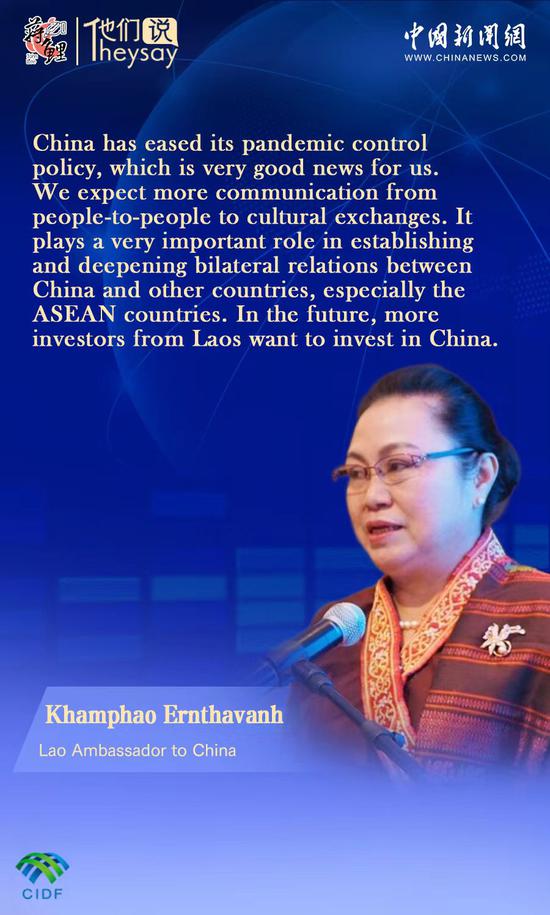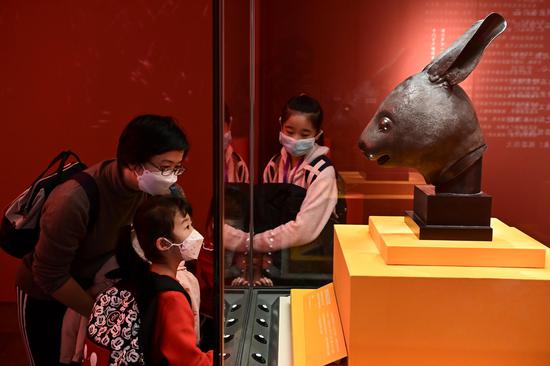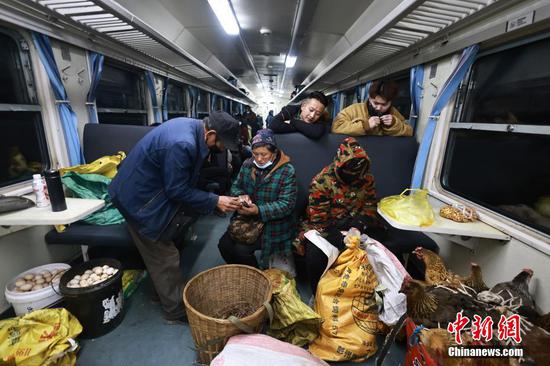Fine-tuning measures
"China has taken very small steps, but it has never stopped fine-tuning its COVID control measures as the virus mutates," he said, echoing comments made in November by Vice-Premier Sun Chunlan.
The authorities in China have maintained that the nation was taking "small but nonstop steps" in fine-tuning its COVID response strategy, while staunchly adhering to the ultimate mission to safeguard people's health and lives.
The gradual nature of the change was manifested in the 10 editions of pandemic control plans released over the course of three years, as well as the landmark documents colloquially known as the "20 measures" and the "10 new measures", unveiled in November and December, respectively.
Since February 2020, the first six of the contagion control plans were published in slightly more than a month, when understanding of the virus was still unclear and little clinical data was available.
On Jan 7, China released the 10th and latest edition, highlighting vaccination and personal protection.
Just two days ahead of the eve of Spring Festival this month, health officials appeared at a news conference on Jan 19 with an encouraging message.
Guo Yanhong, director of the National Health Commission's medical emergency department, said the number of COVID-19 patients had declined significantly at health facilities nationwide, from fever clinics and emergency centers to critical care wards. Meanwhile, the overwhelming majority of outpatients and hospitalizations were seeking treatment for conditions other than COVID-19.
Data provided by the Chinese Center for Disease Control and Prevention showed that the positive test rate dropped from 29.2 percent to 5.5 percent between Dec 25 and Monday. The number of deaths from COVID-19 infections in hospitals nationwide dropped 79 percent from the peak on Jan 4 to 896 on Monday.
To bolster the treatment capacity in rural regions, Dang had championed a simplified treatment plan for grassroots doctors, so that they can quickly identify COVID patients and ensure their condition does not worsen.
His efforts, coupled with the central authorities' moves to bolster investment in the healthcare system in the countryside and beyond, managed to tide the rural population over a surge of infections last month, and helped contribute to China's success in keeping its COVID death rate among the lowest in the world.
According to the National Health Commission in July, despite the intense challenges resulting from the pandemic, China's average life expectancy continued to rise amid the pandemic, from 77.93 years in 2020 to 78.2 years in 2021.
Meanwhile, according to the National Center for Health Statistics, which is part of the United States' Centers for Disease Control and Prevention, average life expectancy in the US fell over the same period from 77 years in 2020 to 76.1 years in 2021. The total number of COVID-related deaths in the US reached 1.1 million by January, according to the CDC.
Pointing to China's record in handling the pandemic over the past three years, Dang pointed out that,"Protecting vulnerable groups is a mission for a socialist society."


















































 京公网安备 11010202009201号
京公网安备 11010202009201号